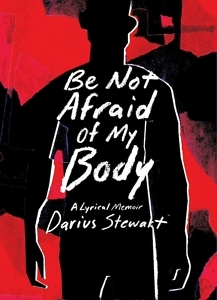A Runaway’s Story
Rachel M. Hanson’s The End of Tennessee takes readers inside a teen girl’s decision to run away from an abusive home and her struggle to create a new life.
Rachel M. Hanson’s The End of Tennessee takes readers inside a teen girl’s decision to run away from an abusive home and her struggle to create a new life.
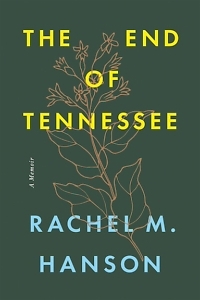
Award-winning writer Karen Salyer McElmurray’s collection of essays, I Could Name God in Twelve Ways, is many things at once: memoir, travelogue, and prayer. McElmurray reflects on her upbringing in rural Kentucky, her adventurous youth traveling the world, and her career as a writer and professor.
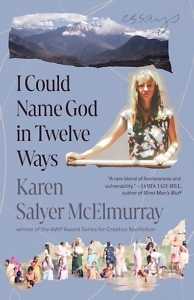
Alice Driver’s Life and Death of the American Worker tells the stories of the men and women who labor for a food industry giant. Driver will appear at the 2024 Southern Festival of Books in Nashville, October 26-27.
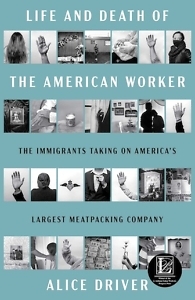
The Kingdom of the Poor, Charles Strobel’s posthumous memoir, is a story-rich portrait of his life of service to Nashville’s poor and disenfranchised. Editors Katie Seigenthaler and Amy Frogge, along with Room in the Inn executive director Rachel Hester and journalist Kay West, will discuss the book at the Tennessee State Museum in Nashville on September 14.
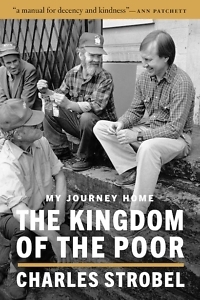
In The Demon of Unrest: A Saga of Hubris, Heartbreak, and Heroism at the Dawn of the Civil War, bestselling author Erik Larson offers a compelling and sobering account of the months between the 1860 presidential election and the attack on Fort Sumter. Larson will appear at Montgomery Bell Academy in Nashville on October 24 as part of the 2024 Southern Festival of Books.
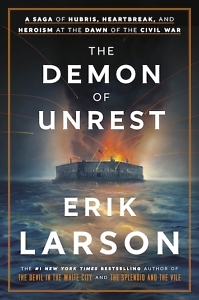
Be Not Afraid of My Body: A Lyrical Memoir, the second book by Knoxville native Darius Stewart, takes readers on a journey of self-discovery as it unearths the complexities of his childhood and investigates life after addiction and health challenges, including an HIV diagnosis.
